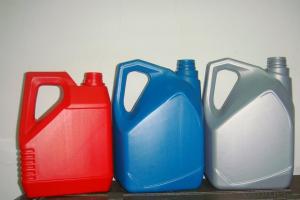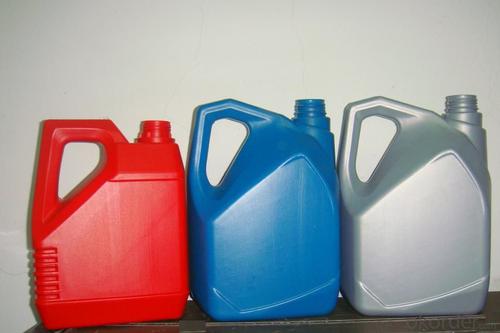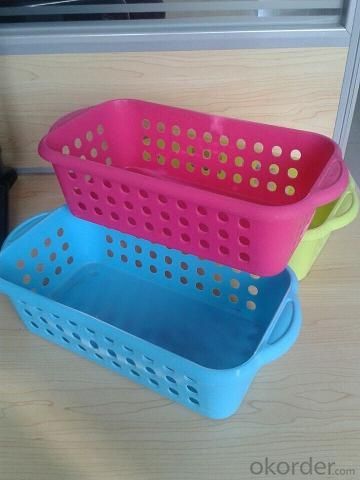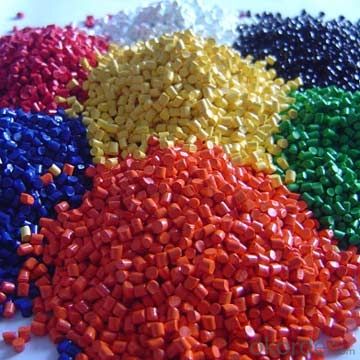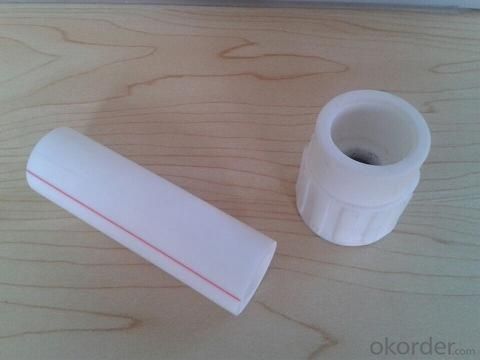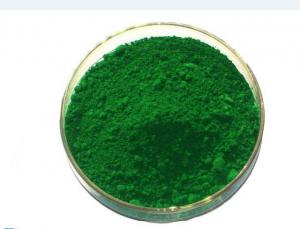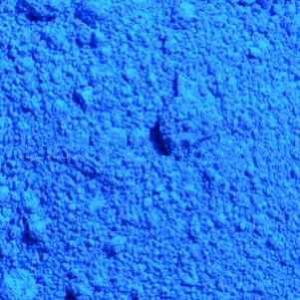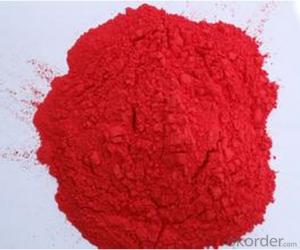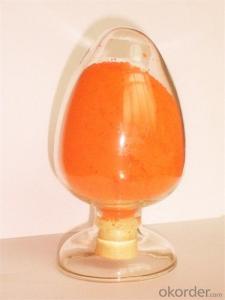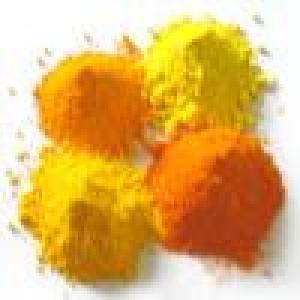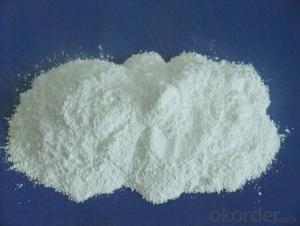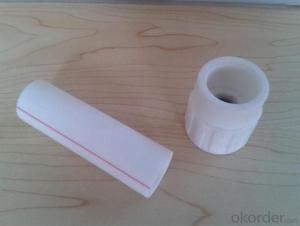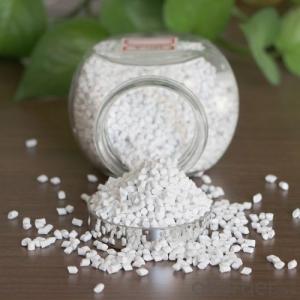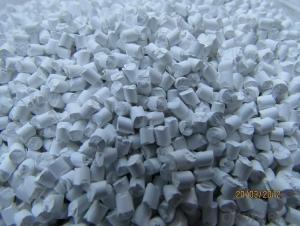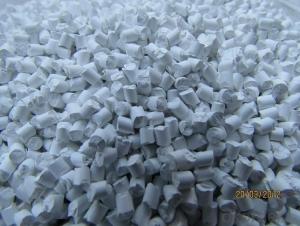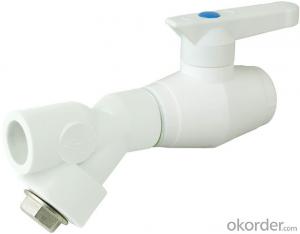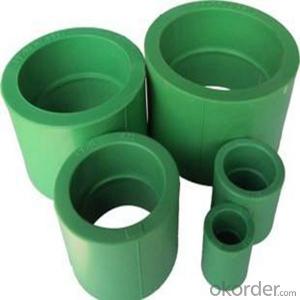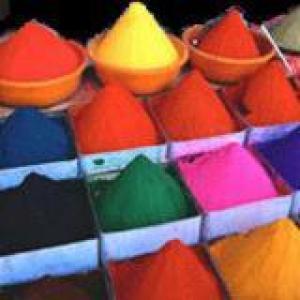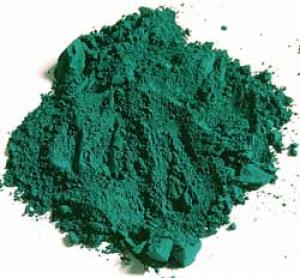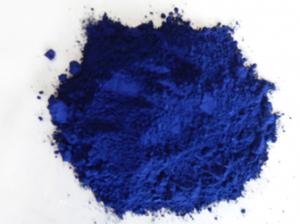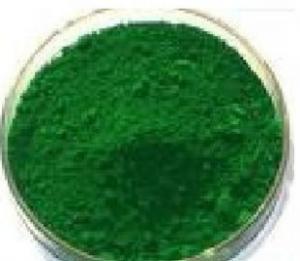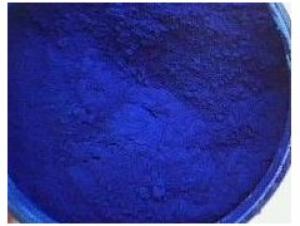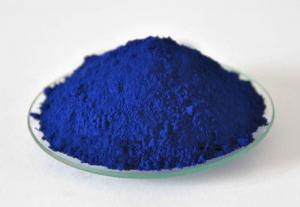Special-purpose color Masterbatch PPR Pipe color Masterbatch
- Loading Port:
- China main port
- Payment Terms:
- TT OR LC
- Min Order Qty:
- 25 kg
- Supply Capability:
- 1000000 kg/month
OKorder Service Pledge
OKorder Financial Service
You Might Also Like
Specification
Application & Features
This series of products use PP as the substrate. lt has characteristics such as Easy coloring,Non-toxic,Tasteless,weathering strong,No leakage and migration.There will be No bubble and pocking mark while producing,meanwhile,it enhance pipes stiffness and toughness.
Technical Specification
General Information | ||
Product Name | : | Special-purpose color Masterbatch |
Physical and Chemical Specification | ||
Packaging | : | Unit Kraft bag |
Carrier Resin | : | PE |
Melting Temperature | : | > 100° C |
Appearance | : | Uniform granule |
Light Fastness | : | 5(ISO Blue Wool Scale) |
Heat Stability | : | 240 ° C |
Application | : | Injection & Extruding moulding , |
Letdown Rate | : | 2 % ~ 4% |
Color difference | : | ΔE<0.3 0.3 |
MFI(ASTM D-1238,190°C,2.16kg) () | : | 21± 5 grams/ 10 minutes |
Moisture(ASTM-4019) | : | 0.5 % |
Granule count/gram | : | 30-50 |
Granule length (L) | : | 2.5 – 3.5 mm |
Granule diameter (D) | : | 2 – 3 mm |
- Q: (Explain what happens when a pigment molecule is struck by electromagnetic radiation in the visible light spectrum.)
- pigments are molecules that absorb electromagnetic radiation. For example, the chlorophyll pigment in plants absorbs blue and red light, which is why they reflect green light (since green is the color not absorbed). Another example is melanin, which is the pigment that darkens the skin of people. Melanin absorbs UV to protect the skin. A pigment molecule struck by EM radiation in the visible region may absorb some of the light depending on what pigment it is.
- Q: Why do plants contain so many pigments?
- Typically most plants only contain chlorophyll which is green. Which plants are you referring to?
- Q: What do chlorophylls, cartenoids and phycobilins reflect? And what wavelengths of light do they absorb?
- Carotenoids generally reflect yellow, orange, or red and absorb blue to blue-green light spectra. Xanthophyll absorbs well at 400-530 nm Beta-carotene absorbs most strongly between 400-500 nm. Fucoxanthin absorbs light primarily in the blue-green to yellow-green that penetrates deeper in water, peaking at around 510-525 nm and again at 450-540 nm. This reflects a yellow brown giving brown algae their color. Phycobilins are not found in leaves except as a phytochrome. They occur in Cyanobacteria (bluegreen algae) and Rhodophyta's (red algae) photosynthetic pathways as accessory pigments a part of the light reaction pigment systems energy donors to the reaction center. Phytochromes respond to far red between 700-800 nm. Phycoerythrin is a phycobilin pigment in rad algae that reflects red light and is therefore responsible for the color of most red algae.
- Q: what are the differences between colorfast and non colorfast pigments?
- I'm sure with enough research you will be able to find these answers and explanations in your text book. Or google them, maybe it will have pics to help describe if your more of a hands on learner. Good Luck.
- Q: a question on my photosynthesis test review...=_=
- How Pigments Work
- Q: I have been looking over the internet and have yet to find the details I need. Such as the function and development of Pigments.
- A pigment is essentially a substance that subtracts light to produce a variety of colors. In organisms, pigments are the colored matter (the substance in your cells that give your skin, tongue, hair, etc. their colors). In nonliving things such as painting, a pigment is the dry powder that is mixed with a fluid, creating a colored liquid which is then used to paint. As to how pigments work -- the pigment absorbs all light except the color you see. That color of light is reflected to your eyes. All kinds of substances can be pigments. I hope that was clear and answered your question!
- Q: How can you extract pure pigments from a sample of leaves in a form that you could test the absorbency of the various pigments??I don't know how to extract enough pigment in order to fill a cuvette and measure the absorbance, please help!! :D
- Separation of plant pigments using chromatography. Paper chromatography is a useful technique in the separation and identification of different plant pigments. In this technique, the mixture containing the pigments to be separated is first applied as a spot or a line to the paper about 1.5 cm from the bottom edge of the paper. The paper is then placed in a container with the tip of the paper touching the solvent. Solvent is absorbed by the chromatographic paper and moved up the paper by capillary action. As the solvent crosses the area containing plant pigment extract, the pigments dissolve in and move with the solvent. The solvent carries the dissolved pigments as it moves up the paper. The pigments are carried along at different rates because they are not equally soluble. Therefore, the less soluble pigments will move slower up the paper than the more soluble pigments. This is known as developing a chromatogram.
- Q: Many of the microorganisms found on environmental surfaces are pigmented. Of what possible advantage is the pigment?
- Pigments have many advantages for the cell. They can absorb light to be used in photosynthesis. Specific pigments absorb light in a specific range - so the more pigments the more light can be absorbed and used for photosynthesis. Pigments also protect the cells from damage by UV radiation. More recently it has been suggested that some pigments inhibit the growth of some microorganisms.
- Q: HW HELP THIS IS COMLPCATED
- Pigments in plants color every part: red rose, orange carrot, purple plums. These pigments are not photosynthetic their function varies with location in the plant and the season. Chlorophylls are the primary photosynthetic pigment class found in chloroplasts. Flavonoids like the anthocyanins provide red, blue, purple, or magenta color to flowers and fruits. Color serves to attract pollinators and seed distributors. Recent literature reports some 550 different anthocyanins.
- Q: hahahai have no clue what that means!
- Color.
Send your message to us
Special-purpose color Masterbatch PPR Pipe color Masterbatch
- Loading Port:
- China main port
- Payment Terms:
- TT OR LC
- Min Order Qty:
- 25 kg
- Supply Capability:
- 1000000 kg/month
OKorder Service Pledge
OKorder Financial Service
Similar products
Hot products
Hot Searches
Related keywords
